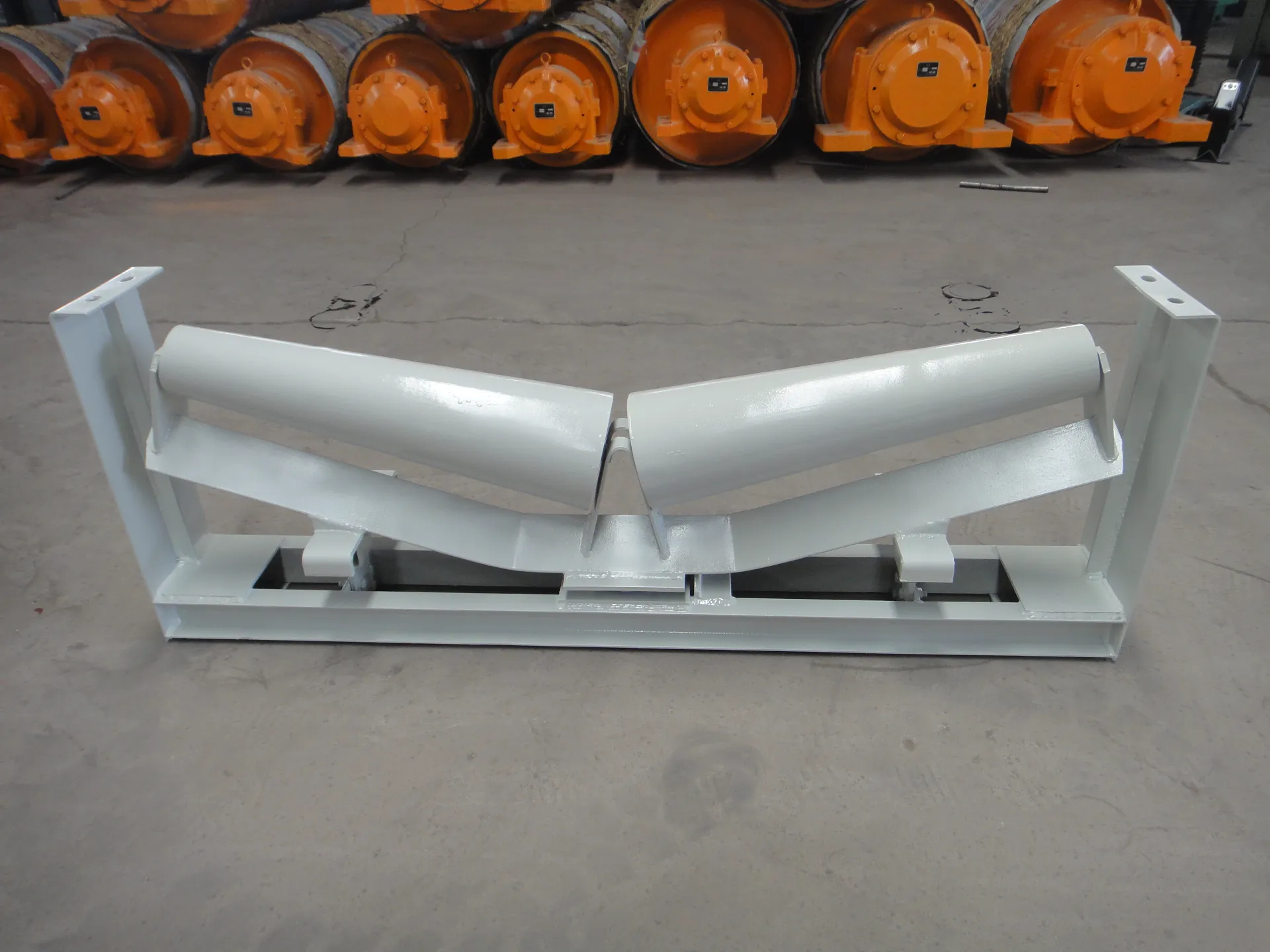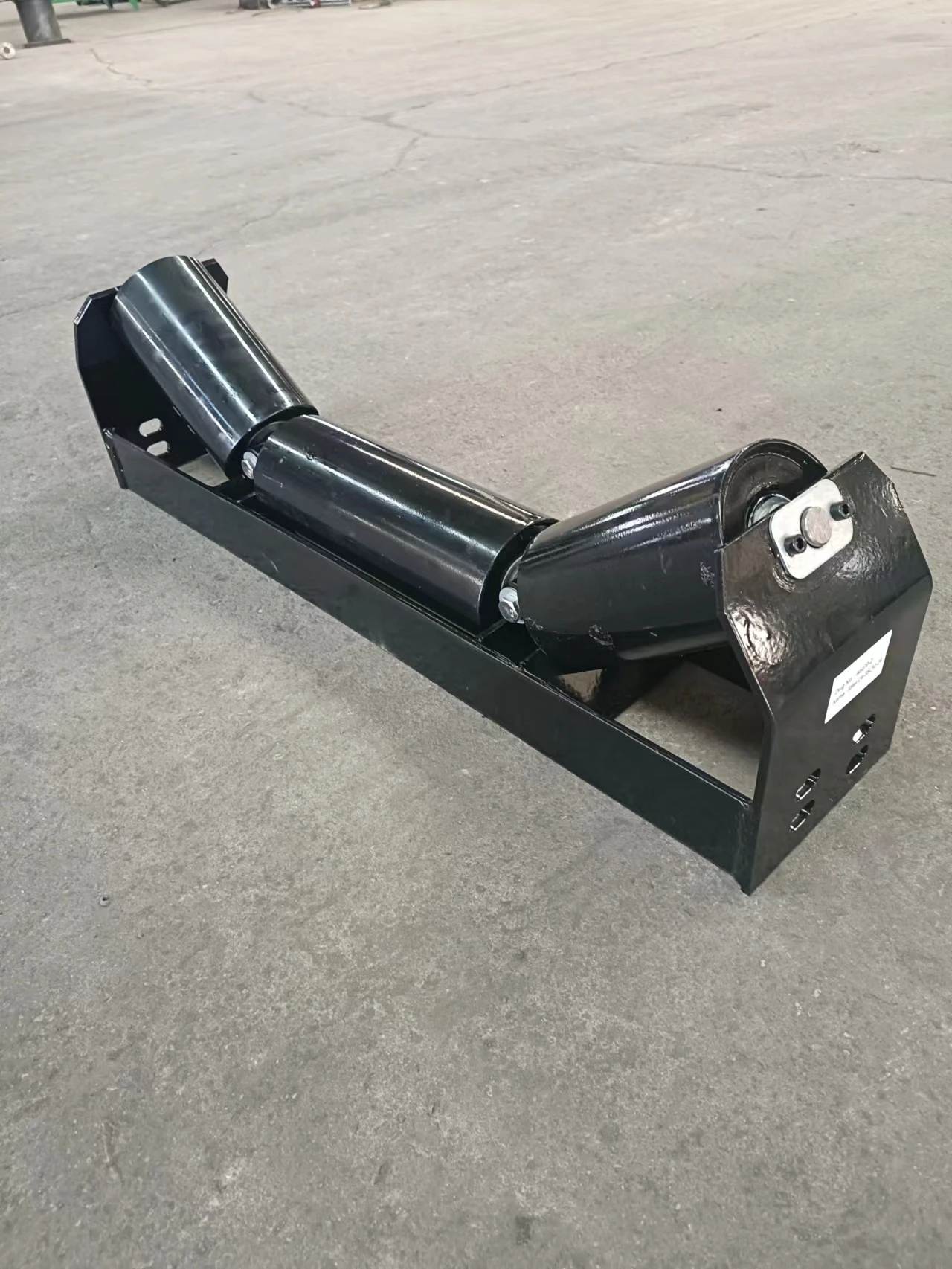 Afrikaans
Afrikaans  Albanian
Albanian  Amharic
Amharic  Arabic
Arabic  Armenian
Armenian  Azerbaijani
Azerbaijani  Basque
Basque  Belarusian
Belarusian  Bengali
Bengali  Bosnian
Bosnian  Bulgarian
Bulgarian  Catalan
Catalan  Cebuano
Cebuano  Corsican
Corsican  Croatian
Croatian  Czech
Czech  Danish
Danish  Dutch
Dutch  English
English  Esperanto
Esperanto  Estonian
Estonian  Finnish
Finnish  French
French  Frisian
Frisian  Galician
Galician  Georgian
Georgian  German
German  Greek
Greek  Gujarati
Gujarati  Haitian Creole
Haitian Creole  hausa
hausa  hawaiian
hawaiian  Hebrew
Hebrew  Hindi
Hindi  Miao
Miao  Hungarian
Hungarian  Icelandic
Icelandic  igbo
igbo  Indonesian
Indonesian  irish
irish  Italian
Italian  Japanese
Japanese  Javanese
Javanese  Kannada
Kannada  kazakh
kazakh  Khmer
Khmer  Rwandese
Rwandese  Korean
Korean  Kurdish
Kurdish  Kyrgyz
Kyrgyz  Lao
Lao  Latin
Latin  Latvian
Latvian  Lithuanian
Lithuanian  Luxembourgish
Luxembourgish  Macedonian
Macedonian  Malgashi
Malgashi  Malay
Malay  Malayalam
Malayalam  Maltese
Maltese  Maori
Maori  Marathi
Marathi  Mongolian
Mongolian  Myanmar
Myanmar  Nepali
Nepali  Norwegian
Norwegian  Norwegian
Norwegian  Occitan
Occitan  Pashto
Pashto  Persian
Persian  Polish
Polish  Portuguese
Portuguese  Punjabi
Punjabi  Romanian
Romanian  Russian
Russian  Samoan
Samoan  Scottish Gaelic
Scottish Gaelic  Serbian
Serbian  Sesotho
Sesotho  Shona
Shona  Sindhi
Sindhi  Sinhala
Sinhala  Slovak
Slovak  Slovenian
Slovenian  Somali
Somali  Spanish
Spanish  Sundanese
Sundanese  Swahili
Swahili  Swedish
Swedish  Tagalog
Tagalog  Tajik
Tajik  Tamil
Tamil  Tatar
Tatar  Telugu
Telugu  Thai
Thai  Turkish
Turkish  Turkmen
Turkmen  Ukrainian
Ukrainian  Urdu
Urdu  Uighur
Uighur  Uzbek
Uzbek  Vietnamese
Vietnamese  Welsh
Welsh  Bantu
Bantu  Yiddish
Yiddish  Yoruba
Yoruba  Zulu
Zulu មករា . 16, 2025 04:32
Back to list
Polyurethane Pulley(Polyurethane Lagging Pulley)
Drum pulleys play an indispensable role in the effectiveness and efficiency of various industrial operations, particularly in conveyor systems where reliability and precision are crucial. While their significance is often overshadowed by their seemingly mechanical simplicity, the truth is that these components hold the key to seamless operational workflows.
It's not just the physical aspects of the drum pulley that command attention; understanding the application requirements is equally crucial. The maintenance team’s expertise, coupled with strategic supplier relationships, builds a foundation of reliability and trust. Regular training and updates on the latest technologies enable maintenance teams to preempt issues, ensuring longevity and consistent performance. Moreover, the integration of smart sensors with drum pulleys marks a significant advancement. These sensors allow real-time monitoring of pulley conditions, predicting potential failures before they occur. By doing so, companies can transition from reactive to predictive maintenance strategies, enhancing operational reliability and scheduling maintenance only when necessary. A deep dive into the technical specifications, like bearing and shaft sizes, also reveals much about a pulley’s suitability for a given application. Precision in these areas reduces operational friction and supports higher load capacities. Every element must align with the conveyor belt’s demands and the broader operational context. With a profound grasp of drum pulleys and their integration into conveyor systems, we recognize not just their functional importance but also the strategic value they add to operations. Industry professionals must leverage their knowledge to guide conscious decisions that reflect both immediate and long-term requirements. When investing in drum pulleys, quality assurance from established manufacturers ensures compliance with industrial standards and greater peace of mind. Certifications and testing protocols are indicators of a manufacturer’s commitment to quality and safety, factors that cannot be overlooked in the pursuit of operational excellence. While drum pulleys may seem like a humble component of industrial machinery at first glance, their impact stretches far beyond what meets the eye. Expertise and experience reveal their true potential, underscoring their contribution to productivity, safety, and sustainable operations. Trust in quality, expertise, and continuous learning forms the cornerstone of successful integration and optimization of these silent workhorses in the industry.


It's not just the physical aspects of the drum pulley that command attention; understanding the application requirements is equally crucial. The maintenance team’s expertise, coupled with strategic supplier relationships, builds a foundation of reliability and trust. Regular training and updates on the latest technologies enable maintenance teams to preempt issues, ensuring longevity and consistent performance. Moreover, the integration of smart sensors with drum pulleys marks a significant advancement. These sensors allow real-time monitoring of pulley conditions, predicting potential failures before they occur. By doing so, companies can transition from reactive to predictive maintenance strategies, enhancing operational reliability and scheduling maintenance only when necessary. A deep dive into the technical specifications, like bearing and shaft sizes, also reveals much about a pulley’s suitability for a given application. Precision in these areas reduces operational friction and supports higher load capacities. Every element must align with the conveyor belt’s demands and the broader operational context. With a profound grasp of drum pulleys and their integration into conveyor systems, we recognize not just their functional importance but also the strategic value they add to operations. Industry professionals must leverage their knowledge to guide conscious decisions that reflect both immediate and long-term requirements. When investing in drum pulleys, quality assurance from established manufacturers ensures compliance with industrial standards and greater peace of mind. Certifications and testing protocols are indicators of a manufacturer’s commitment to quality and safety, factors that cannot be overlooked in the pursuit of operational excellence. While drum pulleys may seem like a humble component of industrial machinery at first glance, their impact stretches far beyond what meets the eye. Expertise and experience reveal their true potential, underscoring their contribution to productivity, safety, and sustainable operations. Trust in quality, expertise, and continuous learning forms the cornerstone of successful integration and optimization of these silent workhorses in the industry.
Latest news
-
Trusted Conveyor Solutions from Leading Conveyor Idler Roller ManufacturersNewsJun.27,2025
-
Reliable Return Idler Solutions for Efficient Belt Conveyor SystemsNewsJun.27,2025
-
Precision Conveyor Accessories for Streamlined Material HandlingNewsJun.27,2025
-
High-Quality Belt Conveyor Idler Solutions for Efficient Material HandlingNewsJun.27,2025
-
High-Performance Belt Conveyor Pulleys for Reliable Material HandlingNewsJun.27,2025
-
Enhancing Material Handling EfficiencyNewsJun.27,2025
OUR PRODUCTS





























